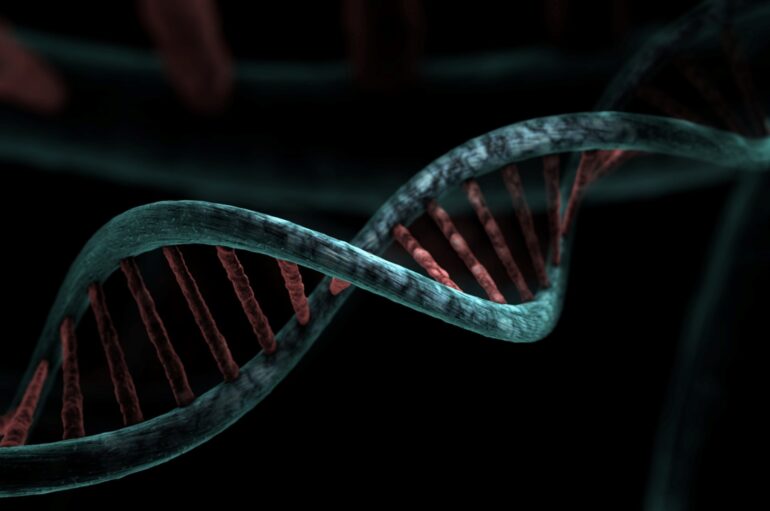TL;DR:
- Large language models (LLMs) are being trained to understand the language of biology encoded in DNA, RNA, and proteins.
- This development has significant implications for advancing the fields of therapeutics, biofuels, materials, medicines, and more.
- LLMs are helping scientists design new molecules, but they face challenges in tokenizing genetic data and understanding complex gene interactions.
- Various companies and academic groups are actively developing AI models for biology, such as HyenaDNA.
- Concerns about biased training data need to be addressed to ensure the accuracy of AI-driven biology research.
Main AI News:
In recent years, large language models (LLMs) have demonstrated their remarkable ability to understand and generate human language. Now, these powerful AI systems are embarking on a new frontier – decoding the intricate language of life encoded in DNA. This groundbreaking development holds the promise of revolutionizing biology by aiding scientists in designing new molecules, which can lead to the development of therapeutics, biofuels, materials, medicines, and other products. In this article, we will explore how LLMs are learning to speak biology and why it matters for scientific progress.
The Language of Biology
Biology’s language is encoded in the DNA, RNA, and proteins that make up living organisms. While human language relies on a mere 26 letters, the language of biology involves four fundamental molecules: A (adenine), C (cytosine), T (thymine), and G (guanine). These molecules combine in three-letter combinations known as codons to create 20 different amino acids, which are the building blocks of proteins. There are over 200 million known proteins, and AI systems like AlphaFold can predict their structures from amino acid sequences.
Generative AI models, similar to the LLMs that power systems like ChatGPT, are now being developed to understand the intricate rules and relationships within DNA, RNA, and proteins. This new frontier in AI-powered biology has immense potential for advancing scientific discovery and innovation.
Challenges Faced by Scientists
While the concept of using AI to design molecules and understand the language of biology is promising, scientists face several challenges on this journey:
- Tokenization: Scientists must figure out how to break down biology’s language into tokens that LLMs can process effectively. This involves creating a framework for representing genetic information in a way that is understandable to AI models.
- Interactions between Genes: AI models need to comprehend the complex interactions between genes and elements of genes that affect each other, even if they are located at different points along the DNA strand. It’s akin to extracting meaning from sentences scattered across a book.
- Starting Points: Reading DNA from different starting points can result in different proteins being produced. Scientists must find ways to account for these variations.
- Multiple Languages: Different “languages” are spoken in cells, depending on the specific genetic code being transcribed. This diversity further complicates the task of AI models.
Despite these challenges, researchers like Joshua Dunn, a molecular and computational biologist at Ginkgo Bioworks, are optimistic about the potential of LLMs. They believe that these models can excel at understanding various scales of meaning spoken in different biological languages.
The Future of AI in Biology
While it’s still early days for AI foundation models in biology, numerous companies and academic groups are making significant strides in developing models to decipher the language of DNA and design new proteins. For example, HyenaDNA, a genomic foundation model developed by researchers at Stanford University, is advancing our understanding of DNA sequences and gene regulation.
However, there are concerns about biased training data, as the source of biological samples can impact the AI’s performance. Researchers are actively working to address these biases to ensure accurate and unbiased results.
Conclusion:
Large language models are venturing into the world of biology, aiming to decode the language of life written in DNA. This groundbreaking development has the potential to accelerate scientific discoveries and innovations across various fields, from medicine to materials science. While challenges remain, researchers are optimistic about the possibilities that AI-powered biology holds. As we continue to explore this uncharted territory, the burden of validation and careful experimentation will remain crucial in ensuring the success of AI-driven biology research.

